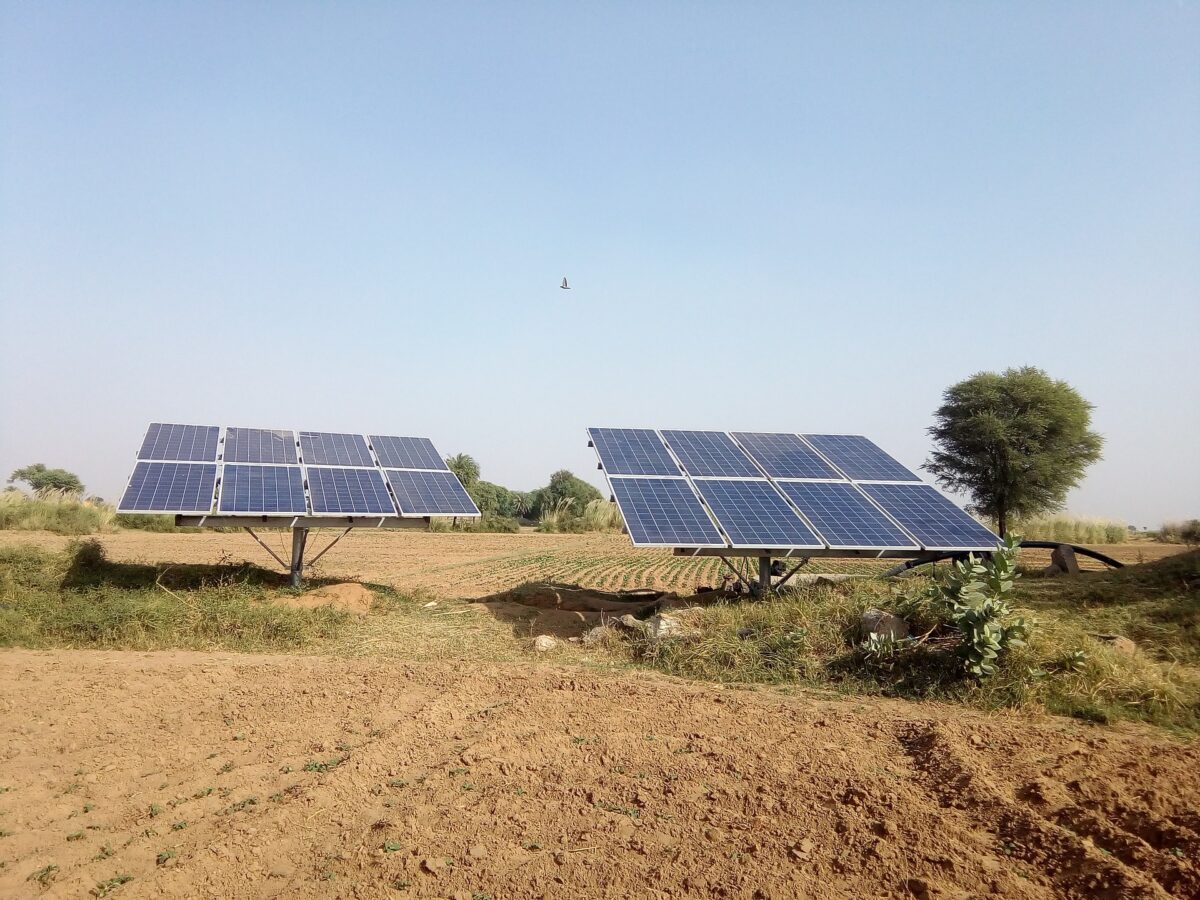This What-If simulation estimates the impact of investing in solar photovoltaic energy generation in a rural community in Ghana. Costs and benefits, including the value of avoided carbon emissions, are estimated for two financing scenarios: one that includes the provision of sustainable recovery support by the Green Climate Fund and one that does not.
This What-If simulation estimates the costs and benefits of investing in solar photovoltaic (PV) energy generation. This intervention is assumed to take place on 4,047 hectares and affect 44,000 livelihoods. Reliable and climate-resilient energy generation is essential to successful sustainable community development. Public donors and lenders, such as the Green Climate Fund, could provide concessional financing or other recovery support measures to improve the financial feasibility of such interventions. Accordingly, this simulation explores:
- A comparison of the costs and benefits of solar PV energy generation with and without sustainable recovery financing made available by the Green Climate Fund.
- A valuation of avoided carbon emissions (co-benefit), comparing emissions from energy generation through grid-connected thermal generation (diesel) with emissions from solar PV energy generation.
Read the full report for detailed simulation results.
